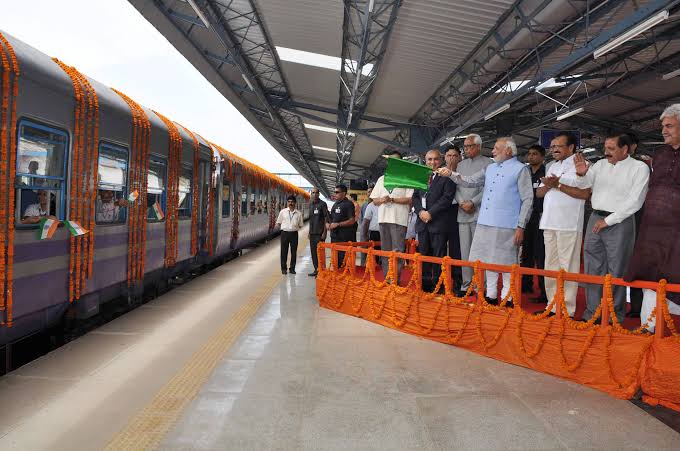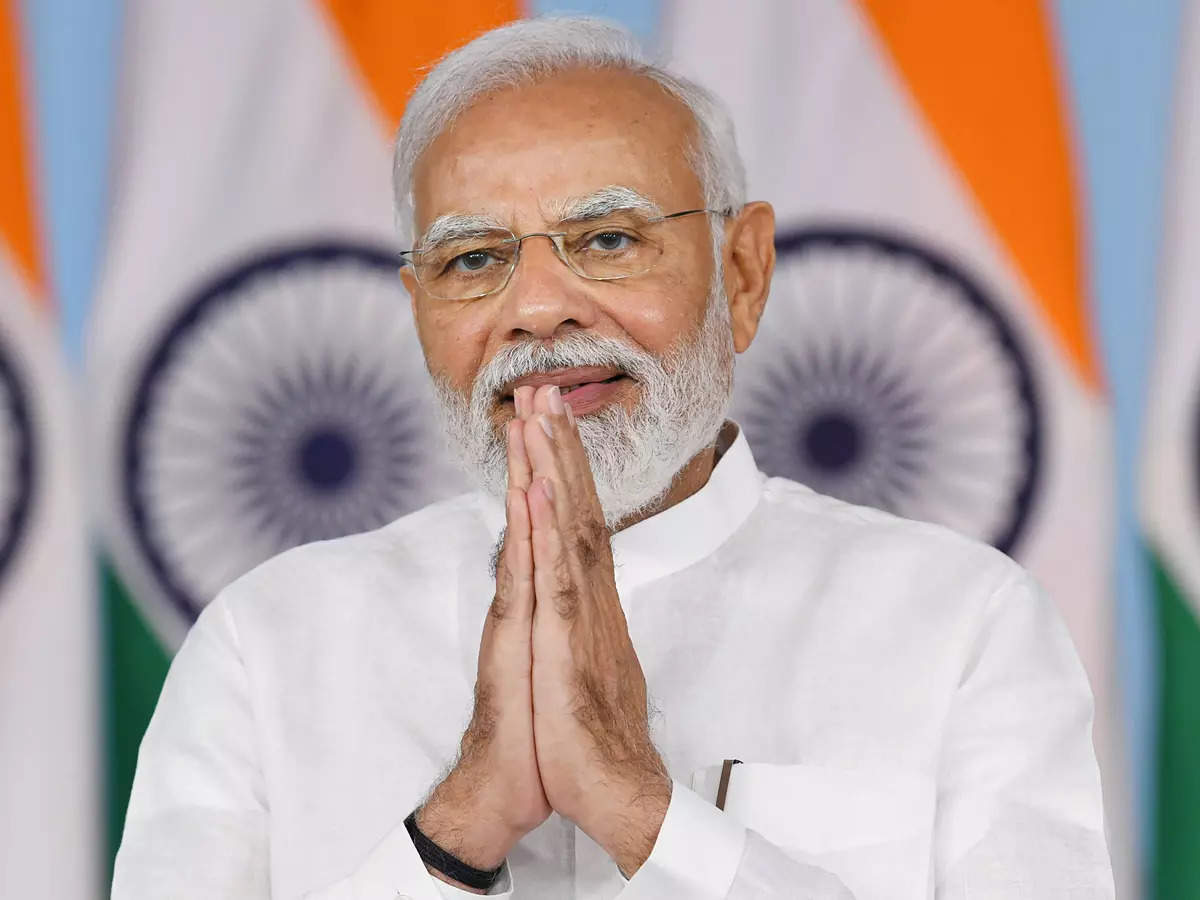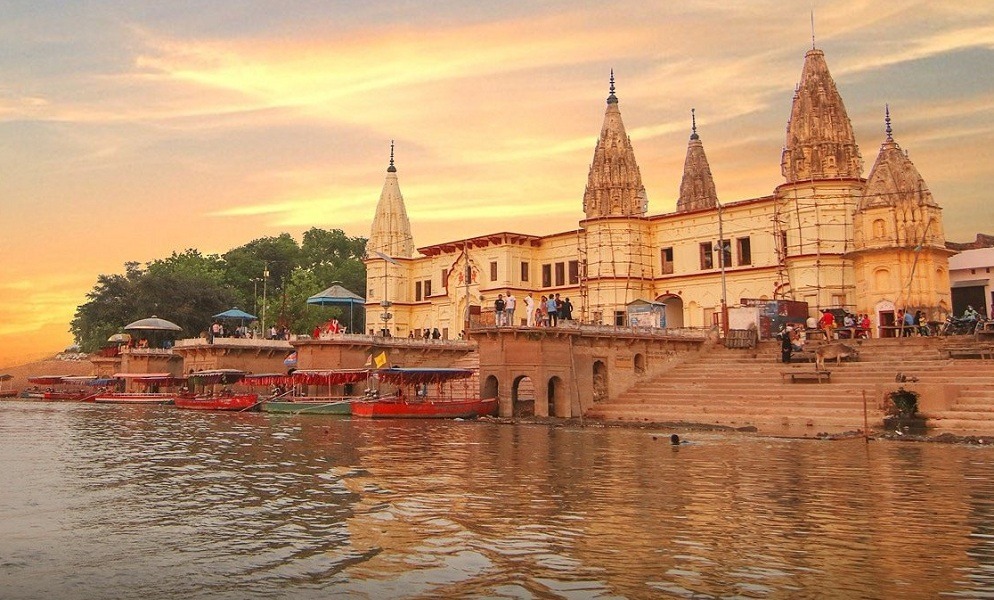Mata Vaishno Devi Station to Get an Upgrade
The redevelopment of stations in Jammu and Kashmir, including the Mata Vaishno Devi station, will prioritise environmentally sustainable and accessible facilities for Divyang individuals. PM Narendra Modi recently initiated the redevelopment of the Mata





